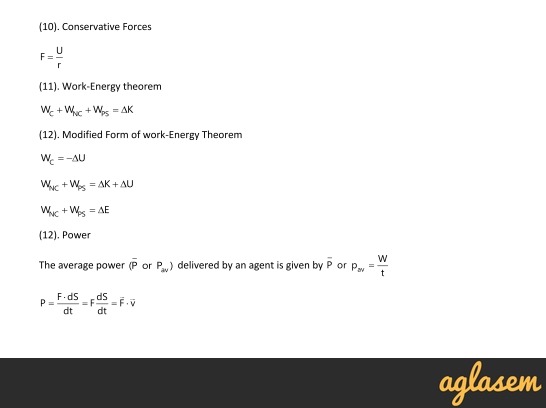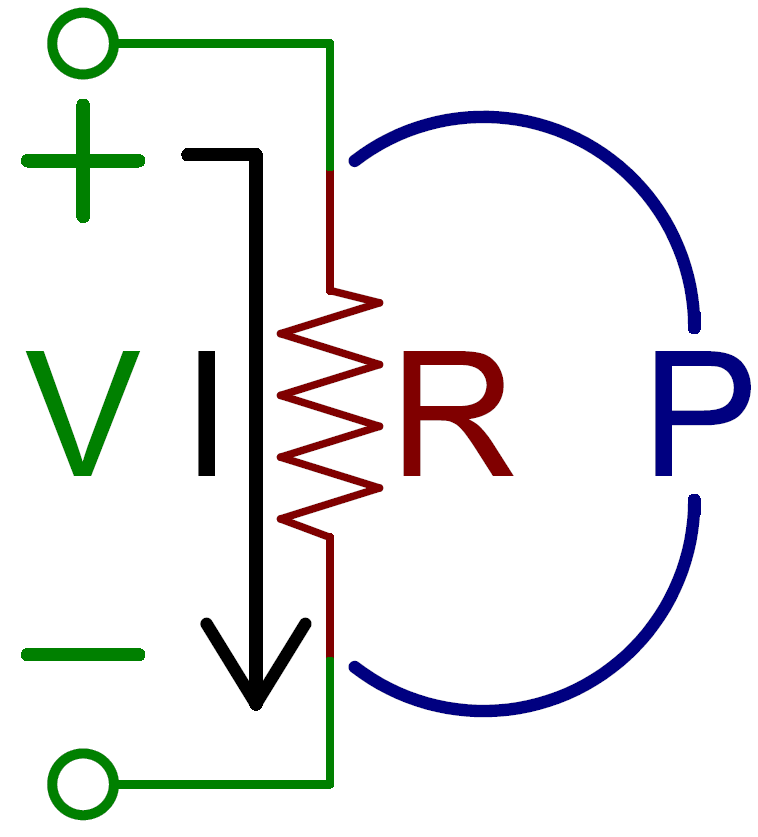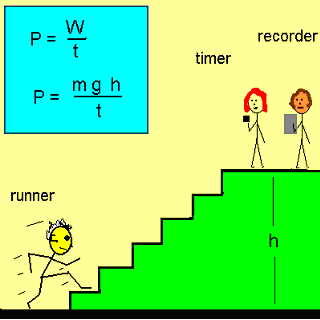
Working generates energy, as we already discussed. Thus, E = V 2t/R Definition of Electrical PowerĮlectrical power is the rate at which work on an electrical circuit is completed. electricity) is mostly measured in the Electron-watt, Kilowatt-hour (kWh) and Megawatt-hour (MWh). Also, electrical energy is measured in the other units like ergs and calories. SI units of Electrical Energy are given in joules or watts-sec.

Therefore, the Electrical Energy formula can be given as follows,Į = V*I*t joules Basic Units of Electrical Energy When current ‘I’ flow through a conductor for ‘t’ seconds, the total work done by the charge ‘Q’ is Then work done by the electrical charge will be,


Let us consider a basic circuit with a power source (battery), a resistance and a conductor to complete the current flow.Īssume ‘V’ is the potential difference existing across a circuit, ‘I’ is the current flowing through it, ‘Q’ is the charge and ’R’ is the resistance. Electrons, protons, atomic nuclei, positively charged ions and anions (negatively charged ions) are charged particles that can produce electrical energy. In other words, the electric field that surrounds a charged particle (in this case, an electron) exerts an attractive or repulsive force on other charged particles, causing them to move and hence carry out work. It moves due to attraction forces between electrons and positive electrical charges (such as protons and positively-charged ions) and repulsive forces between electrons and negative charges (such as other electrons and negatively-charged ions). There is a negative charge on each electron.
#Power formula physics free#
Electrons in the copper wire are free to move hence it is the basic principle. Functioning of Electrical Energyįor electricity to function, electrons and protons are required. Electrical energy can be utilised to power and run a wide range of electrical devices.Įlectrical energy can be denoted as ‘W’ or ‘E’. Electrical energy is transferred from one form to another in the same way.įor example, when you turn on a light bulb, electrical energy is converted into light and heat. The capacity to carry more electrical energy grows as the speed of the electric charge transfer increases.Īccording to the conversion law, ‘Energy cannot be converted nor destroyed, but it can be altered from one form to another. Kinetic Energy is the movement of charges from one location to another. The movement of an electric charge produces electrical energy. Definition of Electric energyĮlectrical energy is defined as the work done by the source of electricity to maintain the rate of flow of charge in an electrical circuit.

Charged particles, in other words, form electric fields that exert force on other charged particles inside the field. Areas surrounding a charged particle are known as electric fields. Electrical energy is another type of energy that a charged particle can store in the electric field. Every day, we use energy, which comes in various forms. Work is done when a force moves an object from one point to another. Energy is defined as the ability to carry out any task. The quantity of energy transmitted in an electric circuit for a certain period is known as electric power. We use electrical energy to power various electrical devices in our daily lives.


 0 kommentar(er)
0 kommentar(er)
